فراخوان مقاله برای همایش: «بسط تاریخنگاشت هنر اسلامی: نمایشگاه جهانی سال ۱۸۷۳ در وین»
میزبان: دانشگاه وین
مهلت ارسال چکیدۀ مقالات: ۱۸ آوریل ۲۰۲۱| ۲۹ فروردین ۱۴۰۰
زمان همایش: ۱۲- ۱۳ نوامبر ۲۰۲۱| ۲۱ و ۲۲ آبان ۱۴۰۰
▪️Expanding Islamic Art Historiography: The 1873 Vienna World’s Fair
This conference aims to look at the Vienna Fair as an intersection of processes and phenomena that contributed to Islamic art historiography. As the sesquicentennial is approaching, the conference will explore the Fair as spaces for exhibiting Islamic arts and architecture, for their commercial and artistic reception, and for setting scholarship in motion. Looking through the lens of the Fair and investigating its making and impact reveals processes that contributed to perceiving and categorising, collecting and studying, institutionalising and commercialising Islamic art, within international, national, and local perspectives. The organisers invite papers ranging from case studies to theory discussions.
Topics, which can connect to Islamic art historiography, include but are not limited to:
▫️how objects of ‘Oriental’ or Islamic art were presented, in what context, and which objects were exhibited, ranging from commercial crafts and artefacts to assemblages of historic art pieces (e.g., the Ottoman ‘Sultan’s Treasury’ or the paintings of the Hamzanameh brought from Persia);
▫️the various ways of using Islamic architecture in the pavilions and exhibition spaces; their architects and designers;
▫️background of experts who planned, chose objects, and designed architecture (e.g., Franz Schmoranz, Jan Machytka, Jakob Polak from Austria-Hungary; Osman Hamdi and Pietro Montani for the Ottomans; or Ḥusayn-ʿAli for Persia);
▫️European commercial reception by the art industries, in Austria-Hungary: carpets of Haas, glass of Lobmeyr, ceramics of Zsolnay, furniture of Storck and Fix;
▫️migration of objects via the Fair to collections, museums, and subsequent exhibitions;
▫️reproduction of objects for education, craft schools, and other purposes;
▫️topography of presenting Islamic art in the Fair; decision-making and organization of protagonists on behalf of Austria-Hungary and the participating Islamic countries;
▫️comparative view of the presence and presentation of Islamic art, in terms of the period, in the Vienna Fair and other fairs and exhibitions;
▫️effects on institutions, such as the rise of arts and crafts museums in Austria-Hungary, and the foundation of the Oriental Museum in Vienna;
▫️relation to the subsequent rise of Islamic art exhibitions, e.g., in Vienna on ‘Islamic architecture,’ ‘Arab interiors,’ ‘Oriental ceramics,’ and ‘Oriental carpets’;
▫️inclusion of ‘Oriental’ viz. Islamic art into discourses of art history, applied arts, national art, folk art – internationally, in the German speaking countries, and the Vienna school of art history;
▫️impact on art historical works that refer to Islamic art, such as by Alois Riegl and others; and on writings in applied arts, such as by Jacob von Falke and others;
▫️the relation of applied arts and commercial interests to the emerging art history; commercial aspects that promoted the perception and discussion of Islamic art;
▫️books, texts, photos, and scholarship on Islamic art, made for, during, and following the Fair, such as the large volumes on Ottoman architecture and costume, articles in the Fair’s gazette, scholarly books on carpets, glass, ceramics;
▫️Islamic art within the global outlook of the Fair;
▫️dissemination, critique, and discussion of themes related to crafts, arts, and architecture of the participating countries in newspapers and journals;
▫️impact on the introduction of an orientalising style in Austrian-Hungarian administered Bosnia-Herzegovina;
▫️repercussions, discussions, and effects on arts in Islamic countries.
🔸اطلاعات بیشتر:
برگزاری همایش «بسط تاریخنگاشت هنر اسلامی: نمایشگاه جهانی سال ۱۸۷۳ در وین»
مجموعهداران خصوصیِ هنر اسلامی در پایان سدۀ نوزدهم در لندن: آرمان ایرانی| ایزابل گدوان
وبگاه تاریخپژوهی و نظریهپژوهی معماری و هنر


